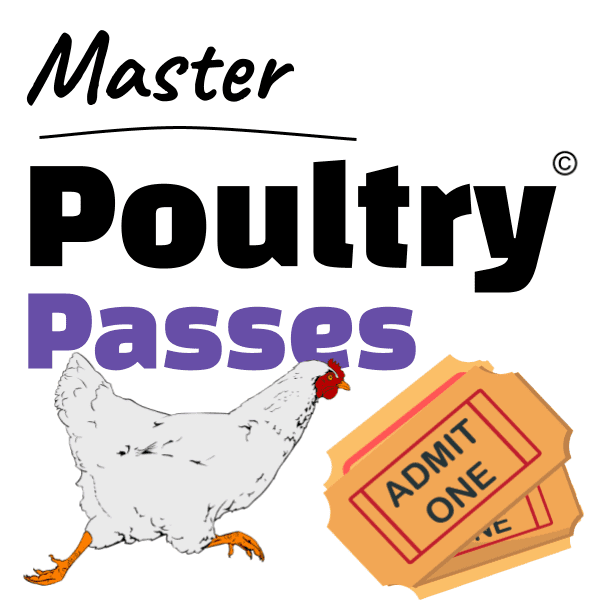Case Study Question #2: Your broiler farm is looking to optimise the rearing process to achieve a better outlook within the 1st 7-days of a production cycle, by assessing crop fill.
Your farm buys Ross 308 chicks, bred by Aviagen. You follow the lead of one of their senior poultry veterinarians, Dr. Scott Gillingham, adopting his crop fill methodology.
Watching a tutorial video you break down the crop fill SOP (standard operating procedure) into these points:
- Choose your time intervals to assess the chicks e.g. 2 hours after arrival, 24 hrs after arrival and 48 hrs after arrival.
- Plan your chick selection spots for obtaining the most representative cohort of the birds to assess e.g. map out chick selection spots on a brooder map
- Decide on the number or size of a cohort e.g. 100 chicks to aid with simple % calculation
- Test for fill and texture of crop e.g. soft pliable filling inside the crop using your thumb to gentle feel
- Calculate an extrapolated percentage of chicks with filled crops e.g. 85 out of 100 chicks after 24 hrs = 85% crop fill at 24hrs
Dr. Scott Gillingham always aims for 100% crop fill after 48 hrs of arrival at the brooder.
Using this measure, your broiler farm aims to optimise feed and water intake throughout the flock within the 1st 7 days, setting your birds on the steepest growth trajectory.
However, the thought crosses your mind – what practical livestock husbandry steps should you take if you find an unacceptable crop fill?
Share your thoughts…or join the course.

Leave a Reply